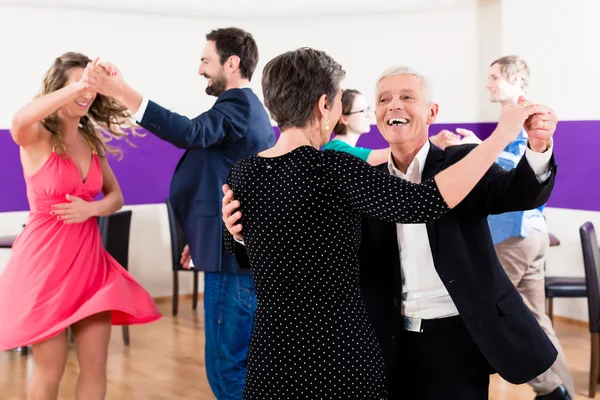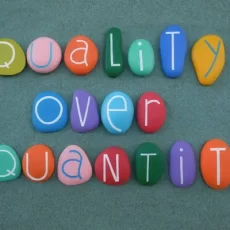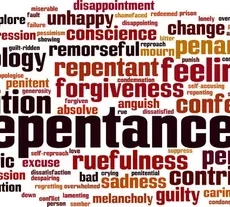“Dance is a language beyond words, expressing that for which we have no words.” – Jennifer De Leon
How Dancing Can Improve Your Quality of Life and Health?

When the news of Naatu Naatu winning the Oscars splashed, we could not resist doing Naatu Naatu in our living rooms but only to face the harsh reality that our feet and body did not support it. We could only stand and clap to our heart’s content. Many of us loved dancing in our younger days and danced too in school and college functions, but hung our boots soon after pursuing higher studies or matrimony.
Dance took a backseat like many other hobbies. We never cared to check how dancing was important for our physical and mental health and could contribute to our overall well-being. When any occasion demanded us to dance, we were not able to. This is when the realization came that by not dancing, our muscles are revolting. Dancing regularly at any age helps a great deal. The benefits may be different across ages.
I heard that dancing can contribute to your long life. The health benefits of dancing for seniors range from improving physical health to creating strong social connections that increase social activity and get them more involved in the community.

Dance is not just a social activity. It can help seniors express their emotions, which can be rare for older generations, and work through trauma and stress. Dance is now often being used to treat conditions ranging from eating disorders to depression.
Dancing is primarily associated with physical health advantages, as when you dance you are moving many parts of your body in a coordinated manner, which activates several sections of your brain. A study also reveals that dancing reduces the risk of dementia. The researchers discovered that the only physical activity related to a lower incidence of dementia was dancing.
According to Tylicki, the mental capacity required for dance demands you to focus on both the constant shifting of movement and retaining routines and patterns. This is a fantastic sort of brain workout for anyone of any age.
An Australian study reveals that moderate-intensity dancing is associated with a lower risk of dying from cardiovascular diseases.
Dancing is a perpendicular expression of a horizontal desire. – George Bernard Shaw
Movement and dance are incredibly expressive, allowing you to escape and let loose, says Tylicki. This letting go improves your mental and emotional health by reducing stress, alleviating anxiety, and depression symptoms, and raising self-esteem.
Dancing can be many things: An expression of art, a fun hobby, a representation of culture, and a great form of exercise.

While dancing, we need to coordinate with various parts of our body including the brain, it is an activity for youngsters. Older adults just live in nostalgia about their dancing days when their feet supported their body movements. Most older adults develop knee pain or related issues in due course of time, which keeps them away from dancing.
Despite knee-related issues or BP or diabetes, dancing has wide appeal for many older adults because some of their fondest memories and most positive life experiences involve dancing at different stages of life, from high school proms to their own and their children’s weddings.
By putting on your dancing shoes for a waltz, tango, or foxtrot, you can embrace the fun feelings and memories, and reap the many health benefits of dancing:
Addresses mobility concerns:
Seniors who had mobility concerns, balance issues, or early signs of memory loss reported less fear of falling after participating in an adaptive ballroom dancing program, reported the McMaster Institute for Research in Aging.
Improves posture and flexibility
Senior Australians who took 10 Ballet for Seniors classes increased their flexibility, improved posture, and showed higher energy levels, reported Massachusetts General Hospital.
It lifts your mood
Dance movement therapy and dance improve mood and can reduce symptoms of depression and anxiety, according to a study in The Arts in Psychotherapy
Enables you to make new friends
Dancing, or moving to music with others, encourages and increases social bonding with strangers, according to an Oxford University study. Strong social connections improve long-term health as much as adequate sleep, a good diet and not smoking, says Harvard Medical School.
It helps your heart condition
Waltzing boosted heart health and improved breathing for people with mild to moderate heart failure as much as stationary cycling and walking on a treadmill, reported a Circulation: Heart Failure study. The Italian researchers noted dancing is fun and does more for the soul, so patients are more likely to stick with it as an exercise program.

Last but not the least, older adults with knee and hip discomfort from arthritis can decrease their use of pain medication by 39% and move around more easily after participating in a 12-week, low-impact dance program, reported a Geriatric Nursing study.
This way we see that “Dancing is the ultimate workout,” says Julie Granger, a Paris-based International Sports Sciences Association (ISSA) personal trainer and founder and creator of The Studio Paris and Ballerina Body Training. Not only does dancing involve engaging all your muscles and limbs, but it also gets your heart pumping. Plus, dancing can be a whole lot of fun.
There are shortcuts to happiness and dancing is one of them.
So, dance to your heart’s content and be HappyHO!





